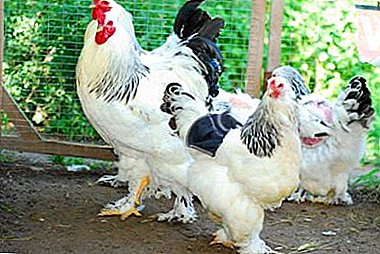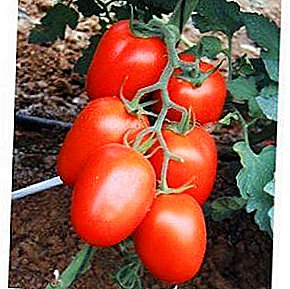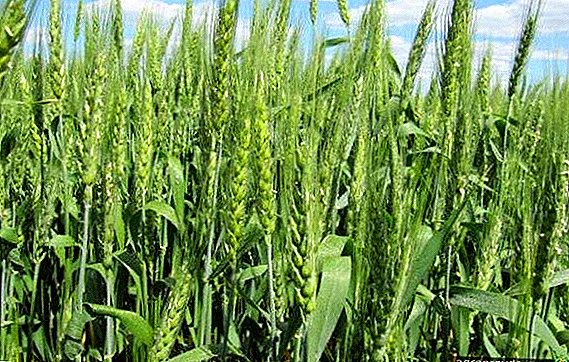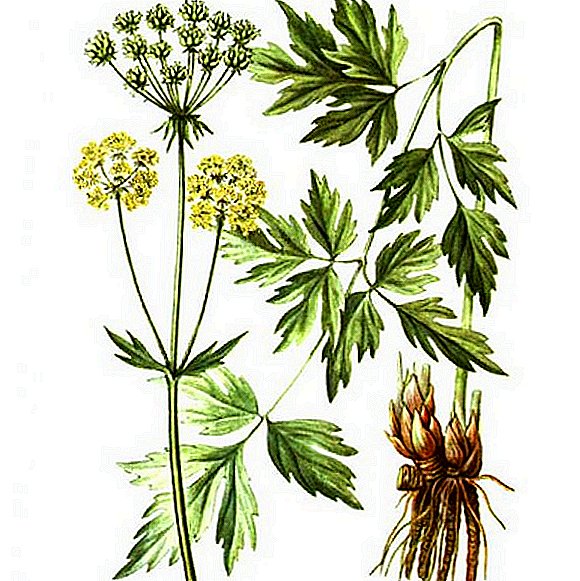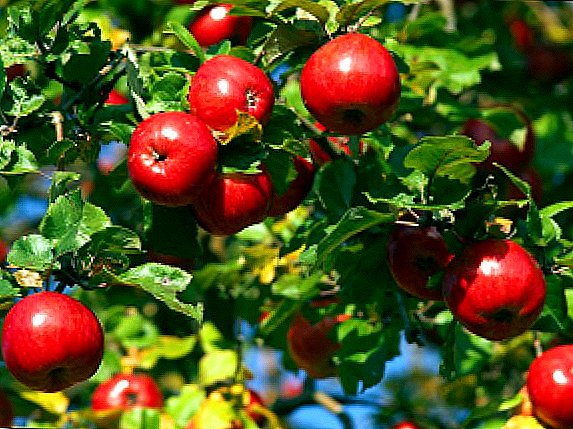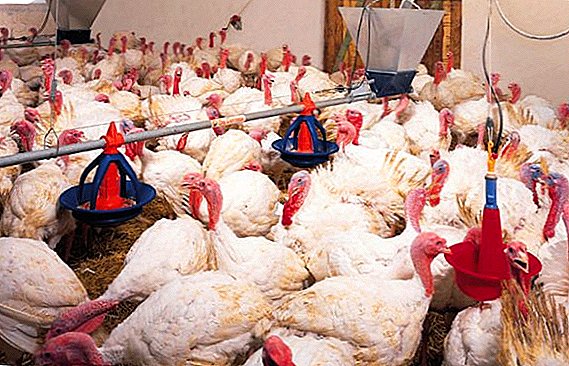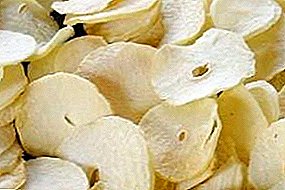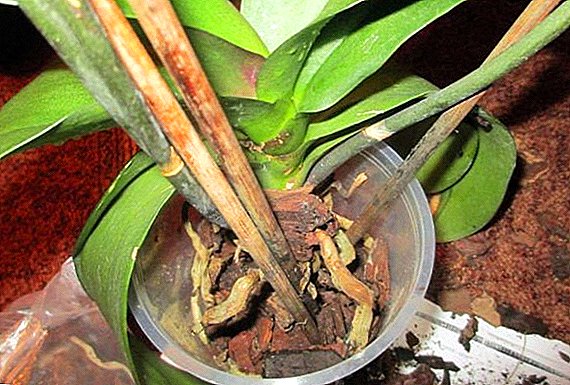 You will surprise few people by planting an ordinary onion on a plot, but what about an unusual onion that smells fragrant, it blooms with a bright color, and it tastes like garlic? Decorative bow called "allium", as well as all about planting and caring for him in the open field - that is the topic of this article.
You will surprise few people by planting an ordinary onion on a plot, but what about an unusual onion that smells fragrant, it blooms with a bright color, and it tastes like garlic? Decorative bow called "allium", as well as all about planting and caring for him in the open field - that is the topic of this article.
Description and variations
This herb has long been popular, it is used in the preparation of flower arrangements, rock gardens, landscape design, borders and rockeries. Due to the simplicity of care, it can often be found planted in parks and gardens.
In nature, there are about 600 varieties of decorative Allium onions. Consider the most popular varieties:
- Allium Schnitt. A low perennial plant with light purple or purple spherical inflorescences. In addition to its visual appeal, chive has onion and other qualities, is used in the preparation of various dishes, it is added to soups and salads. The thin leaves of this plant are full of vitamins and amino acids, so they will be useful for people suffering from beriberi and cardiovascular diseases.
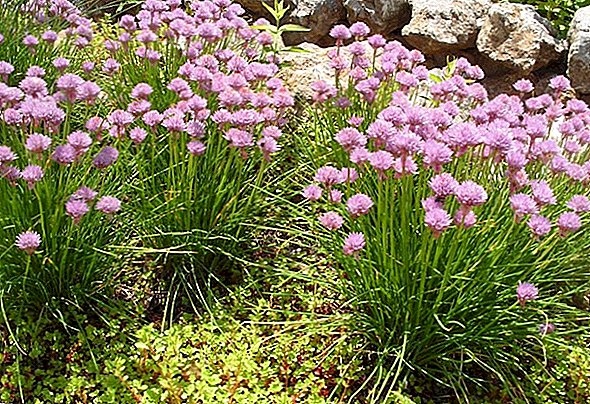
- Schubert's Bow This plant reaches 30 cm in height. The inflorescences are pale pink in color, the arrows of the stalks have different lengths from 2 to 12 cm. It flowers from May to June. Looks great in flower arrangements, sometimes it is difficult to immediately understand what is in front of you bow.
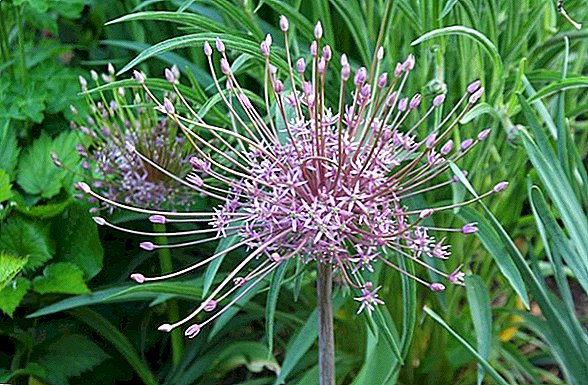
- Christopher's Bow, other name - white hairy. Reaches 60 cm in height. Inflorescence in the form of a large ball. about 20 cm in diameter. The flowers are in the shape of stars, their size is up to 2 cm. It blooms all June. In the people, this variety of decorative onions is called onion porcupine.
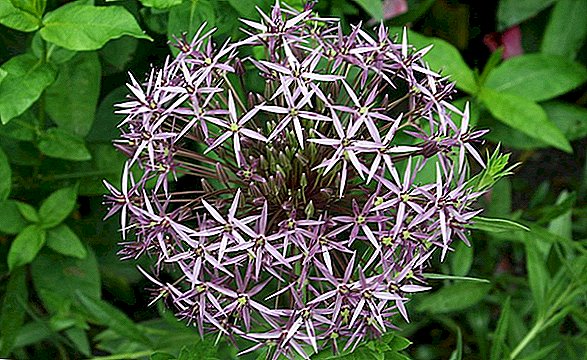
- Bow haire (hair). The height of the onion is 50-70 cm. Unusual appearance is given to it by inflorescences of a gray shade, which stick out from the peduncle, resembling loose hair. This variety Allium blooms all summer - from June to August.
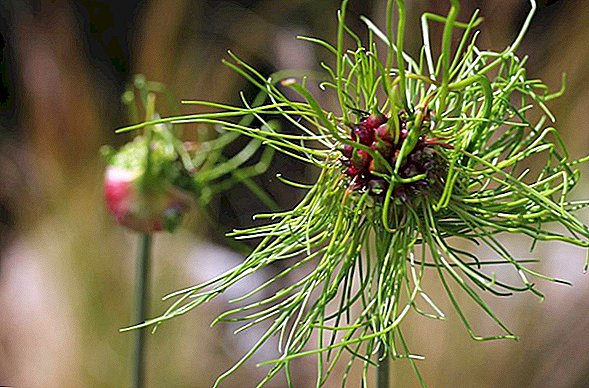
- Rydan onion. The height of the arrow with the inflorescence reaches 1 m. The flowers are bright pink or purple, with the tops of the flowers painted white. It blooms in June.
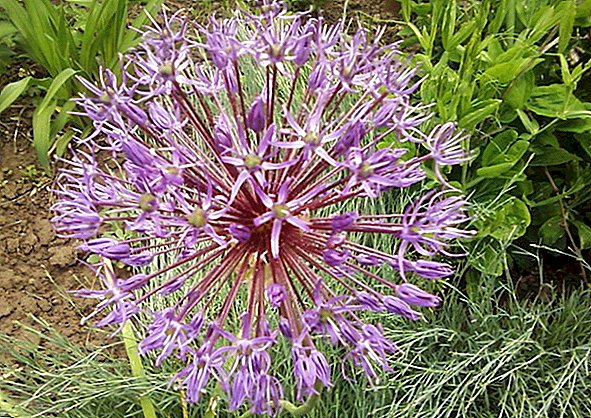
- Round-headed onions. The height of the onion is 60 cm. The flowers are oval (egg-shaped), have a pink tint. Begins to bloom in mid-June.
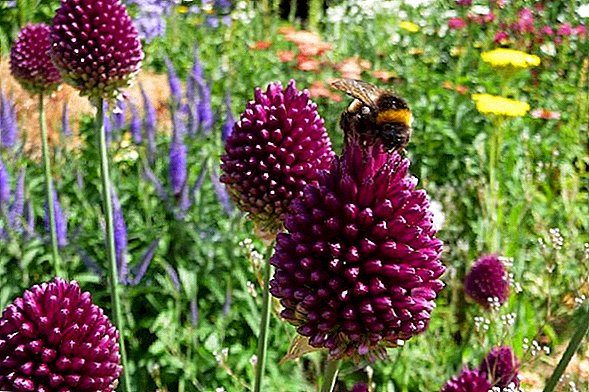
- Rosenbach Bow. The height reaches 70 cm. The inflorescence has a spherical shape with a diameter of 12 cm, and the flowers themselves grow in the form of lilac-colored stars. It blooms in June.
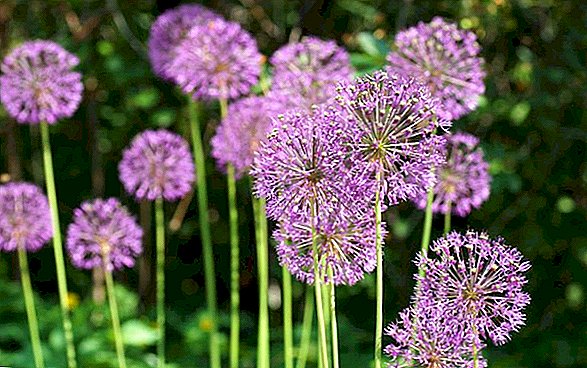
- Bow Glomaster. The height of the onion is 80 cm. The inflorescences are purple in the form of a sphere, the diameter of which reaches 20 cm. Flowering begins in June and may last until late autumn.
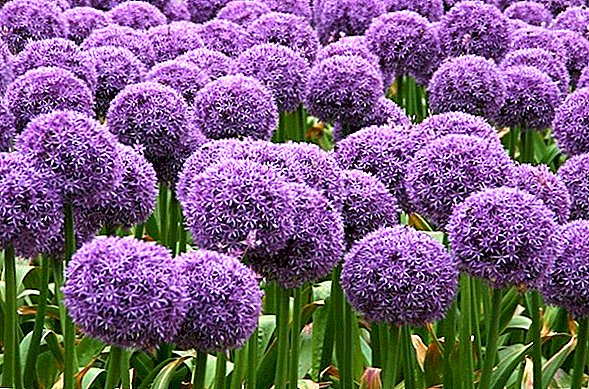
- Bow Ostrovsky, another name is ambitious. The growth of the peduncle rarely exceeds 25 cm. The inflorescences have the shape of a semicircle, with a diameter of 10 cm. The flowers are crimson in color, in the middle of each petal is a dark-violet vein. It blooms in June.
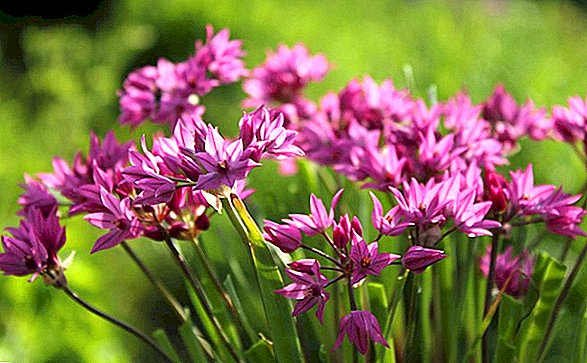
- Onion karatavsky. In height, this plant reaches 25-30 cm. The flowers are light purple in color, the inflorescence is spherical in shape, 12 cm in diameter. Large and wide leaves give an unusual view to this variety of onions. It blooms from May to June.
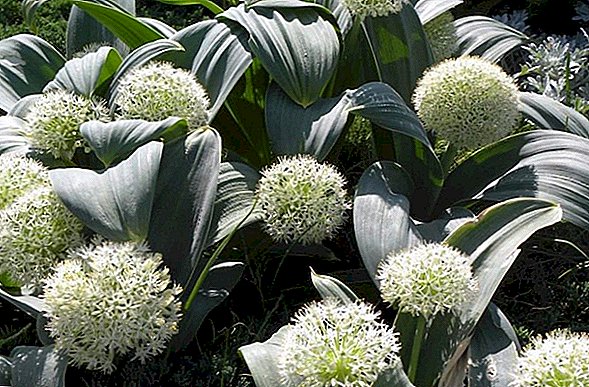
Did you know? At the time of the Crusades, the French exchanged their prisoners from the Saracens for a fee of eight bulbs per soldier.
Requirements for growing
Allium - unpretentious plant, grow it under the force of even a novice gardener. However, there are some requirements for the site and the soil. They must be performed for the successful cultivation of decorative onions in the open field.
Choice of location and lighting
The choice of location strongly influences the growth of allium. This is a photophilous plant, it should be planted in well-lit areas. When landing Allium on the slopes it is necessary to choose the south side.
Among the varieties of onions, you can get lost - shallots, Exibishen, onion sets, onion-slick, Indian onions, onions-batun, Viper of onions, leeks.
Soil for allium
The main requirement of Allium to the soil - it should not be an excess of moisture. The soil should be loose and well drained at the planting site, it will also help avoid the accumulation of excess water. Soil acidity should be neutral. Before planting it is desirable to make mineral fertilizers or humus. 
Important! If the acidity level of the soil is below 7, then lime or dolomite flour should be added to it.
Planting decorative onions: exploring ways
It is possible to propagate allium in several simple ways - by seeds, children and bulbs. Consider these methods of planting decorative bow more:
- To get the best material for planting, you should collect the seeds from the first and largest flowering inflorescences. Seeds before planting should be stratified, this will help increase the percentage of germination. Seeds are planted in autumn or spring. After seed germination seedlings dive. However, it should be borne in mind that some varieties of decorative onions like the cold, so they germinate only after sowing in winter. Imitation of the natural stratification by cooling in the refrigerator or in another cold place may not give a result. It should also be borne in mind that some varieties begin to bloom only in the third year and later (this is due to the fact that the onion is gaining the right amount). It often happens that the flowers and leaves of the onion grown from seeds are paler than the mother plant.
- Reproduction of Allium by children is a vegetative method. Approximately in the third year of life, a baby is formed at the base of the mother plant. She and should be separated from the parent bulb. At this stage, damage to the plant should be avoided. The children are planted at a distance of at least 50 cm, and the variety and growth characteristics of the decorative bow should also be considered.
- The process of reproduction with bulbs is also not time consuming - after flowering, it is necessary to cut off the head of the plant and process it with a growth stimulator. Next, the plant is planted in the soil. With this method of reproduction, allium grows, retaining all the qualities of the mother plant (color and height).

Did you know? In 2011 in India due to bad weather conditions there was a crop failure onions and its prices rose 1.5 times. Because of this, residents of New Delhi came out to protest. About 20 thousand people took part in the demonstration. The Government of India has taken urgent measures to develop an anti-crisis program to stabilize onion prices.
How to care for the culture
One of the most unpretentious plants in the garden is Allium, planting and the requirements for caring for them in the open field are minimal. It is important to include regular weeding, mulching and loosening the soil.
How to water
Water the plants should be as needed. Excess moisture in the ground leads to rotting bulbs and the plant dies.
How to fertilize
Allium should be fed in spring, during this period of the year mineral fertilizers with a nitrogen content are best suited. In the case of autumn feeding, the fertilizer should have a high content of phosphorus and potassium.
Important! For good growth and abundant flowering, allium should be fertilized during the period of leaf growth, as well as the formation of buds and bulbs.

Digging and transplanting
After the leaves of the plant wither and disappear completely, and the seeds ripen - it is recommended to dig out the bulbs. This is done to prevent bulb rotting from excess moisture in the soil. Store onions until the next planting should be in a dark and cool room, with good ventilation. Allium does not need frequent changes of places. It is necessary to replant it no more than 1 time in 3 years, some varieties - no more than 1 time in 5 years. If you frequently replant this herb, it will greatly grow, while losing the external qualities of the inflorescences.
Diseases and pests
Due to improper storage of the bulbs before planting and excessive moisture in the soil, the plant can become sick with powdery mildew or rot. In order to prevent such diseases, the onions should be heated before planting, for example, in the oven, the temperature should be no higher than 40 °, and the heating time should be 10 hours.
Pests such as mites and flies can also cause a lot of trouble to the plant. To get rid of these pests, allium must be treated with a two percent solution of dichlorvos. From the folk means of dealing with them use ashes, ashes and peat for processing plants.
After reading the article, you learned about an unusual herbaceous plant - decorative onions, planting and caring for which in the open field does not bring much trouble. However, despite the minimum effort, you will receive from your flower bed a full maximum of beauty.












